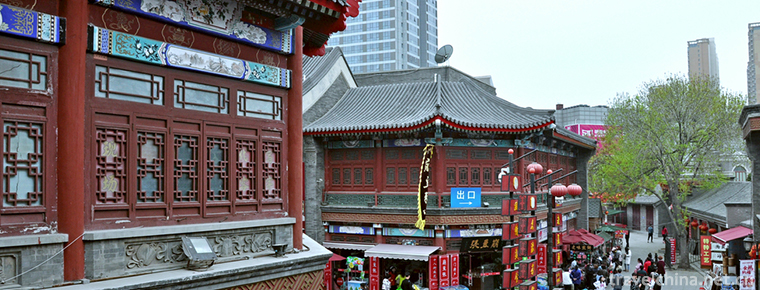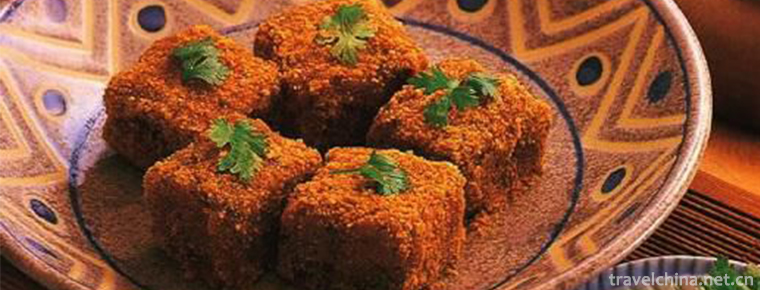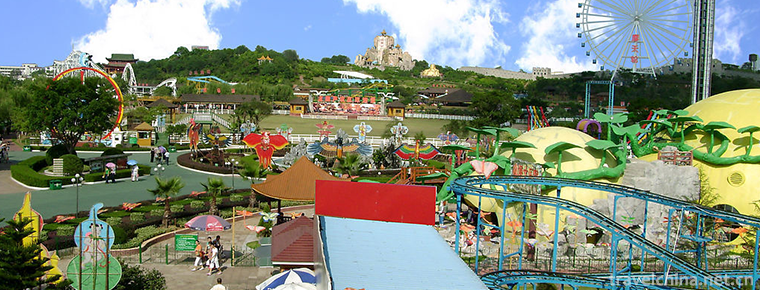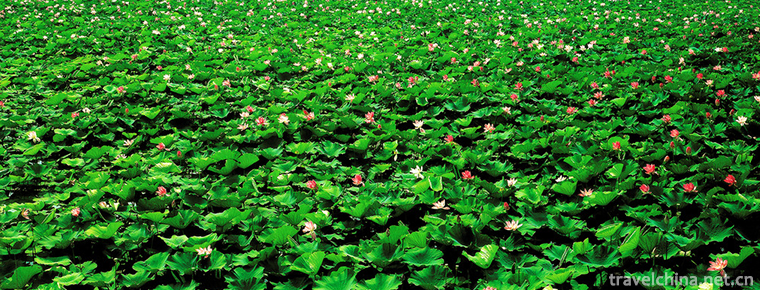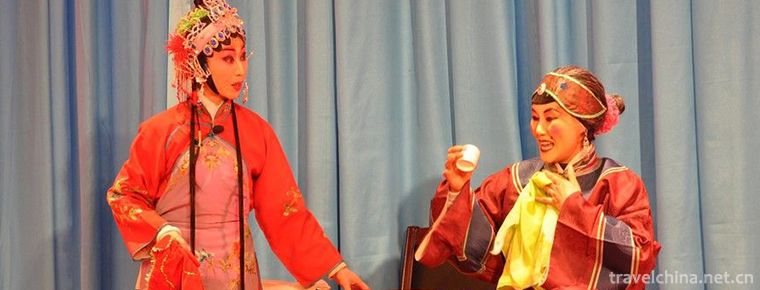Hui Banquet Song
Hui Banquet Song
The Hui banquet song is one of the folk songs sung by the Hui people at weddings, festivals and Islamic festivals. Also known as "Family Music" and "Vegetable Music". It is widely spread in Qinghai, Gansu and Ningxia. It can be divided into five categories: courtesy, narrative, Wugeng, lotus blossom and Sanqu. These banquet songs cover the history of production, life, love and marriage of the Hui people for hundreds of years. They can be said to be musical epics representing the history of the Hui people in a panoramic way. They are important materials for studying the history, customs, language, literature and culture of the Hui people. They are also a very precious oral folk intangible cultural heritage. List the second batch of national intangible cultural heritage in China.
historical origin
Hui banquet music is widely spread in Qinghai, Gansu and Ningxia. It is pure Hui music. Banquet music evolved from Sanqu which was spread among Hui people in Yuan Dynasty. Banquet songs contain the colors of ancient songs of the Western Regions and Mongolian tunes. At the same time, they also absorb the elements of folk music of various ethnic groups in Western China. Their tune style almost covers the characteristics of northwest folk music, and retains the ancient style of Northwest Minority Songs and dances in the Yuan, Ming and Qing Dynasties.
main features
The Hui people refer to marriage and celebration as "eating banquet", and the songs singing at wedding banquets or other festive occasions are called banquet music, or "dish music". The singing banquet uses graceful, delicate, lively and graceful voices, sometimes even sad. When singing, there is usually no accompaniment of musical instruments. It relies solely on rich voices and expressions, singing and dancing, accompanied by dance movements, and achieves a moving effect. Banquet music is not only good at lyric, but also good at narrative, beautiful and simple, people attend Hui wedding, celebrate Islamic festivals, or in the home of Hui compatriots, often hear beautiful Hui banquet music.
The tunes of banquet songs are mostly euphemistic and soft, the lyrics are beautiful and beautiful, the rhythm is joyful and light, the atmosphere is festive and lively. Singers sing while dancing, sometimes singing to the emotional occasion unexpectedly, people will join in unison, so that each participant in the wedding are intoxicated, happy and harmonious. It's a great addition to the wedding ceremony. In addition to the cheerful, funny and festive side, the soul of the banquet song lies in the deep melancholy it carries. There is the custom of singing "Monet" at home and "Qitaifu" at home.
Form of performance
The performances of banquet songs include solo, duet and chorus. Reverse singing is a special phenomenon in banquet music singing. After a song has been sung from the beginning (to the end), it changes to a tune and reverts back to "Four Seasons in Reversal", "Meng Jiangnu", "Sending Families to Ten Li Long Pavilion" and so on. The tone of the revert is generally warm and joyful.
Banquet music mostly dances in square formation. The main dances are "Eagle Dance", "Parrot Dance" and "Sieve Dance". In addition to the biography, the general Sanqu, seasonal songs, five tones can be, while singing and dancing. It can also be performed in the form of singing and dancing. Its movement characteristics are often related to Hui's labor, life and customs. Because Hui songs often use graceful and luxurious images such as phoenix, butterflies, peony, pigeons and things closely related to national life such as lambs, grass, Ganquan, etc. to flourish, the changeable characteristics of arm movements during dancing are just like butterflies flying, the wind spreading their wings, the movements are beautiful but not vulgar. Flexing and stretching, like herdsmen driving Guan Qun in the clouds, the movements fluctuate and steady, flexible and flexible, chic and free, head shattering and agile swing, eye coordination clever, all these express the joy and joy of the banquet.
The performance procedure of banquet music is mainly divided into the following steps. The song handlers come to the door of their host house and sing Congratulations. After entering the house and opening the stage, they first give a compliment from the head of the song handlebar, the courtesy, and then begin to perform formally. The first song to be sung is "Lift up your head and see". Then, according to the song ordered by the host, a performance is performed. If there are two groups of singers in this family, they will be lively, and it is essential to have a fight. If you sing a song, I will never stop the other party's mute voice. The singing of banquet songs can be divided into one night's singing and three Nights'singing. It depends on the amount of goods in the belly of the singers and the singing skills. The banquet music ends with a song named Xie Dongjia.
In the banquet music, there are also cosmetics (make-up) sketch programs, such as "pull goose", "pull camel", "fear of wife headlights", "little cattle" and "bowl maker", etc. The combination of speaking, singing and performing is a rather difficult form of performance.
Inheritance value
From the singing style and content of banquet music, it can be divided into five categories, including courtesy, narrative, Wugeng, lotus and Sanqu. These banquet songs cover the history of production, life, love, marriage and other aspects of the Hui people for hundreds of years. They can be said to be a musical epic that reflects the history of the Hui people in a panoramic way. They are important materials for studying the history, customs, language, literature and culture of the Hui people. They are also a very precious oral folk intangible cultural heritage.
primary coverage
According to the general classification of folk music, the book "Wedding Happy Banquet Music" divides it into six types.
First, courtesy, wedding compliments.
2. Sanqu, including congratulations, wedding hymns, persuasion songs, labor songs, love songs, bitter songs and so on, has different formats and long and short free songs.
Third, the biography, that is, the narrative. Its content mainly includes three categories, one is the theme of the war, such as "Grand Master", "Pick up the soldiers", "Lead the army by the big man", "Lead the army by the big man", "Lead the army by the big man", and "Join the army by the grass sky". The other is the theme of women's marriage life, such as "Four Ladies Fang" and "Three Ladies Godson". The third is the theme of the performance of history, such as seasonal songs. This is a narrative or lyric tune that follows the seasons of the year, or twelve months. The content is diverse, and the tunes have their own characteristics.
Fourth and fifth tones, with the long night and five shifts as the carrier, are singing in sequence. Their themes are mainly love songs, but there are also some bitter songs and narrative songs.
Fifth, Xiaoling, including some wine songs and short miscellaneous songs such as "Lao Han", "Flying Phoenix".
Sixth, lotus blossom is also called tuning. This is an art form performed in the form of rap and singing. The language is humorous and witty, and the content is exaggerated and bold, which is often flattering. First, there is a section about lotus, which is similar to the rap of pop songs. Then, in the form of monologue, a funny passage with a lotus tune added in the middle. The content of the performance is rich and colorful, including the traditional "Lazy Sister-in-law", "Old Lady", "Haizi Che Cursing Son-in-law", and the impromptu talk show created by the performers, which shows a funny and humorous aspect of the Hui people's personality.
There are more than 90 kinds of Hui banquet tunes, including Shili Pavilion, Fansi Niang, Lao Han, May Crescent, Four Seasons Green and Eight Singles Banquet Tunes.
Related customs
The Hui banquet music is called "Family Music", which is opposite to the so-called "Wild Music" (Flowers). The so-called "family songs" are songs sung at home and in villages. "Flowers" is a song sung in the wild. It is forbidden to sing at home or in villages. "Flowers" mostly belong to love songs, the content is more "wild", singing at home and in villages, "there are customs", not different. Everyone in Huaer's hometown pays attention to this custom. Some bold people have caused many disputes because they sing "flowers" in villages. This is due to the lack of respect for national customs and habits. Even banquet music, generally only in the "banquet hall in three days no size" situation, or in festive days, to sing, usually not casually. After 1949, although there have been some breakthroughs in such rules, they are still retained in some places. Banquet singers can only sing traditional love stories. If the singer speaks improperly, he will be criticized by the host.
Hui Banquet Music is included in the second batch of national intangible cultural heritage list and other information sources
Muslim Banquet Opera Performance Form Atlas Source

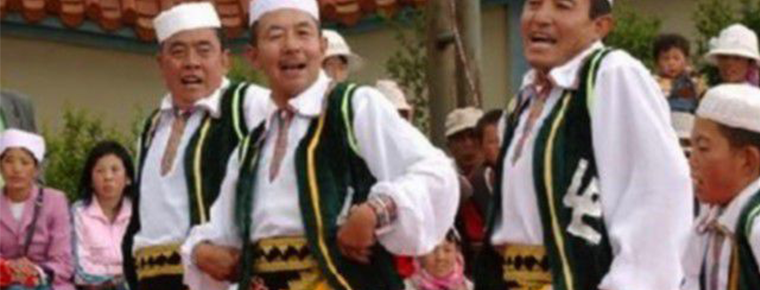
-
Tianjin Ancient Culture Street Tourist Area Jinmen Hometown
Tianjin Ancient Culture Street is located outside the east gate of the northeast corner of Nankai District of Tianjin City and on the West Bank of Haihe River.
Views: 224 Time 2018-11-24 -
Fu Ling Rose Crisp
Fuling Rose Crisp is a special traditional snack in Jixi County, Anhui Province. Fuling Rose Crisp is a well-known traditional pastry, which is produced in Fuling Village, Jixi County..
Views: 169 Time 2018-11-27 -
Wulian Mountain Scenic Area
Wulian Mountain Scenic Area covers a total area of 68 square kilometers and is a national AAAA-level tourist area. It is composed of Wulian Mountain and Jiuxian Mountain.
Views: 153 Time 2018-12-22 -
Zhongba Grand Canyon Scenic Area
Shiquan Zhongba Grand Canyon is located in the southern side of the Hanjiang River in Shiquan County, Shaanxi Province. It is 20 kilometers away from the county town.
Views: 133 Time 2018-12-22 -
Cuiyun Lang Scenic Area
Cuiyun Corridor, also known as "Huangbai Avenue", is a green corridor composed of nearly 10,000 green roads and ancient cypresses. It is the oldest and most well-preserved ancient road traff.
Views: 111 Time 2019-01-06 -
Hulu Mountain Villa Tourist Scenic Area
Huludao Mountain Resort is located on the Bohai coast in the northeast of Huludao City, Liaoning Province. The rich and colorful Huludao Mountain Resort is located in Huludao City.
Views: 165 Time 2019-01-16 -
Weishan Lake National Wetland Park
Weishan Lake National Wetland Park, located in the southern part of Weishan County, Jining City, Shandong Province, is less than 3 kilometers away from the urban area..
Views: 195 Time 2019-02-22 -
Hubei storytelling
The evaluation of books in Hubei Province is a traditional art of rap and singing in Hubei Province. Popular in northern China, as an independent variety of storytelling,.
Views: 173 Time 2019-05-03 -
Ningjin Acrobatics
Ningjin acrobatics is one of the traditional folk acrobatics in Shandong Province. With its long history of development, extensive mass base, profound cultural heritage and exquisite performing skills.
Views: 171 Time 2019-06-08 -
Xilu Bangkok
Xilu Bangzi a Xilu Bangzi is an ancient traditional opera. Now the embryonic form of Hebei Bangzi was formed in Qingdaoguang period. Its predecessor is Shanshan-Shaanxi Bangzi, which was introduced in.
Views: 197 Time 2019-07-01 -
Nanchong science and technology
In 2019, Nanchong implemented 97 key science and technology plan projects, an increase of 7.8% over that in 2018, including 83 national and provincial science and technology plan projects. It won 11 provincial science and technology progress awards. In the whole year.
Views: 144 Time 2020-12-17 -
Social security in Guangan
As of 2019, there are 64000 urban and 217000 rural minimum living allowances in Guang'an City. The per capita subsidy level of urban and rural minimum living security will be increased by 27 yuan and 8 yuan respectively (according to household insura.
Views: 325 Time 2020-12-19
